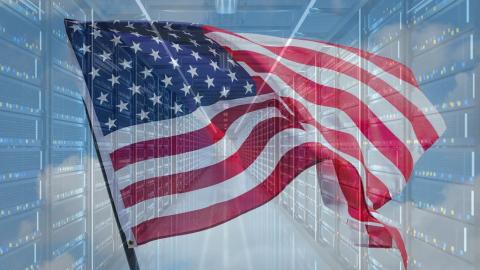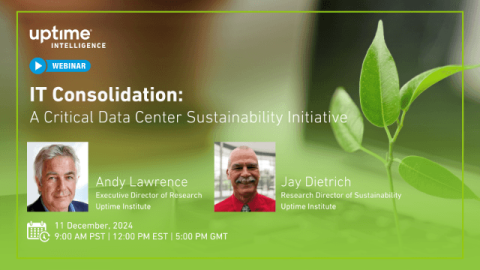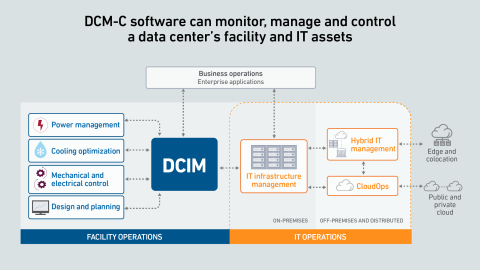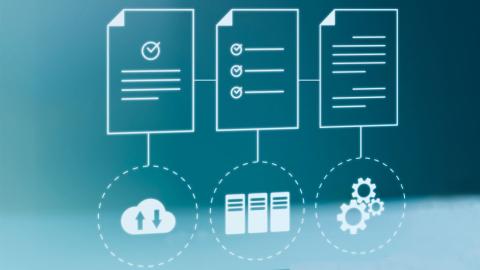Serverless container services enable rapid scalability, which is ideal for AI inference. However, inconsistent and opaque pricing metrics hinder comparisons. This report uses machine learning to derive clear guidance by means of decision trees.
filters
Explore All Topics
Current geopolitical tensions are eroding some European organizations' confidence in the security of hyperscalers; however, moving away from them entirely is not practically feasible.
Direct liquid cooling challenges the common "line of demarcation" for responsibilities between facilities and IT teams. Operators lack a consensus on a single replacement model-and this fragmentation may persist for several years.
Although the share of processing handled by the corporate or enterprise sector has declined over the years, it has never disappeared. But there are signs that it may reclaim a more central role.
Tensions between team members of different ranks or departments can inhibit effective communication in a data center, putting uptime at risk. This can be avoided by adopting proven communication protocols from other mission-critical industries.
Organizations currently performing AI training and inference leverage resources from a mix of facilities. However, most prioritize on-premises data centers, driven by data sovereignty needs and access to hardware.
Chinese large language model DeepSeek has shown that state of the art generative AI capability may be possible at a fraction of the cost previously thought.
AI is not a uniform workload - the infrastructure requirements for a particular model depend on a multitude of factors. Systems and silicon designers envision at least three approaches to developing and delivering AI.
The New York state senate recently proposed legislation mandating data center information reporting and operational requirements. Although the Bill is unlikely to pass, the legislation indicates a likely framework for future regulation
The Uptime Intelligence research agenda includes a list of published and planned research reports for 2025, and is focused on Uptime Intelligence primary coverage areas: 1) power generation, distribution, energy storage; 2) data center management…
As a quick reference, we have provided links below to all the research reports published by Uptime Intelligence in 2024, by month. Research areas focused on 1) power generation, distribution, energy storage; 2) data center management software; 3)…
As the industry power demand grows, IT operators must focus on both IT infrastructure power demand and supply. A portion of the required power growth can be eliminated through better utilization of existing and new IT infrastructure and software…
As operators expand their use of hybrid IT and cloud, optimizing the IT could help alleviate concerns over availability and efficiency. This report is part two of a four-part series on data center management software.
Visibility into costs remains a top priority for enterprises that are consuming cloud services. Improving the tagging of workloads and resources may help them to spot, and curb, rising costs.
While the aim of FinOps is to manage just the cloud costs, technology business management seeks to aggregate all costs of IT, including data centers, servers, software and labor, to identify savings and manage return on investment.
 Dr. Owen Rogers
Dr. Owen Rogers
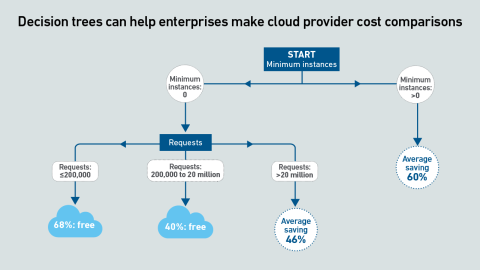
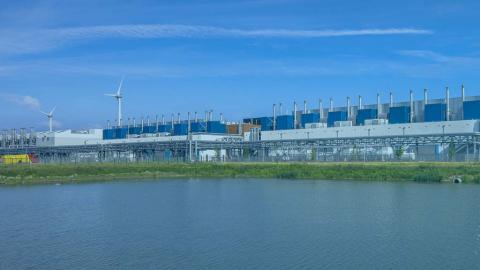
 Jacqueline Davis
Jacqueline Davis
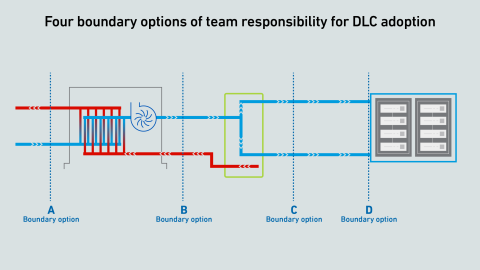
 Andy Lawrence
Andy Lawrence

 Rose Weinschenk
Rose Weinschenk
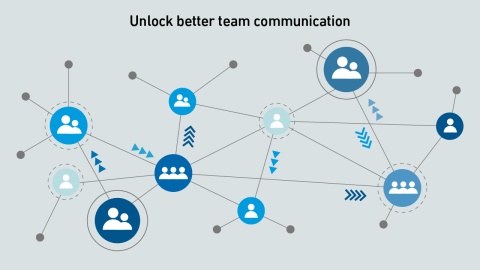
 Douglas Donnellan
Douglas Donnellan
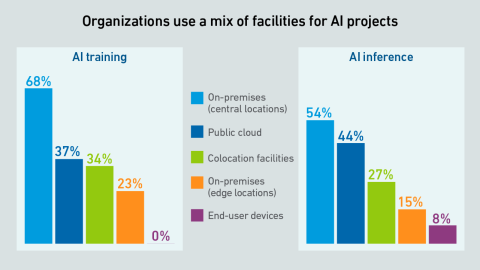
 John O'Brien
John O'Brien
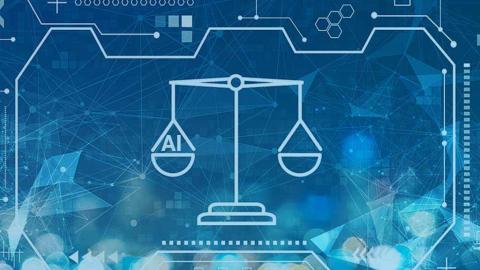
 Max Smolaks
Max Smolaks
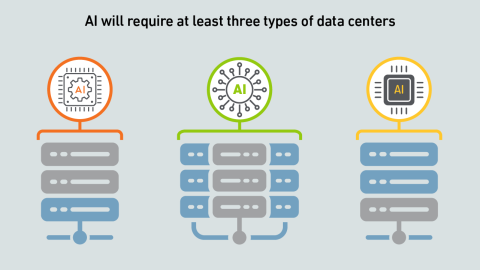
 Jay Dietrich
Jay Dietrich
